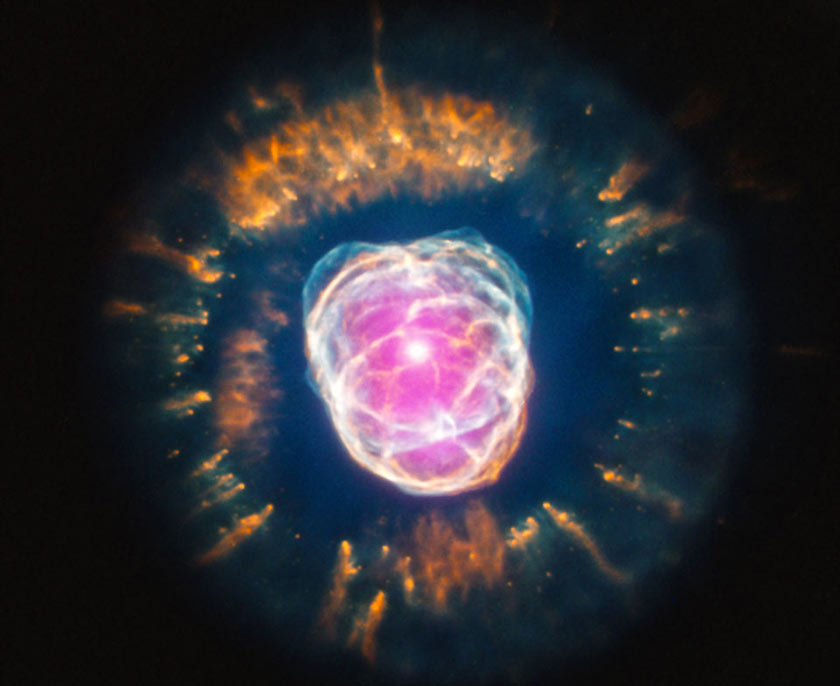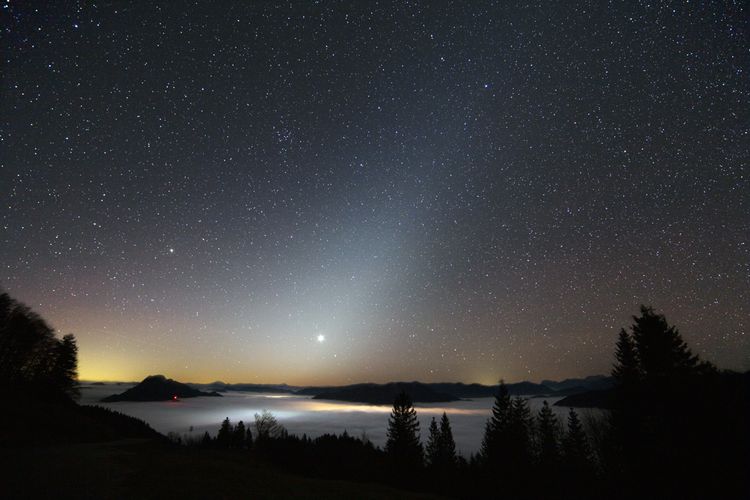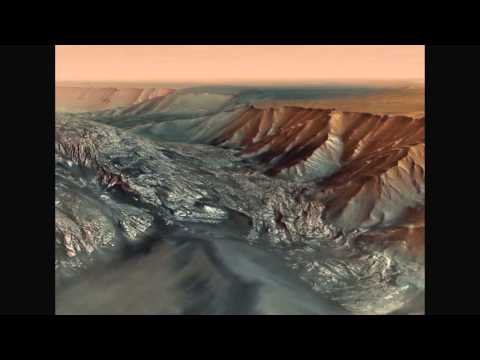Do we expand with the universe?
For thousands of years, astronomers wrestled with basic questions about the size and age of the universe. Does the universe go on forever, or does it have an edge somewhere? Has it always existed, or did it come to being some time in the past? In 1929, Edwin Hubble, an astronomer at Caltech, made a critical discovery that soon led to scientific answers for these questions: he discovered that the universe is expanding.






